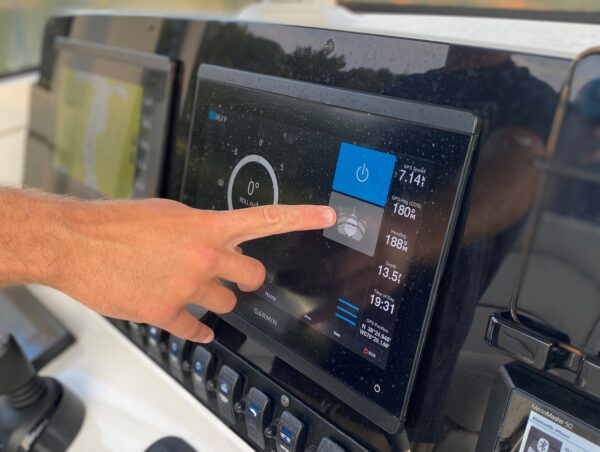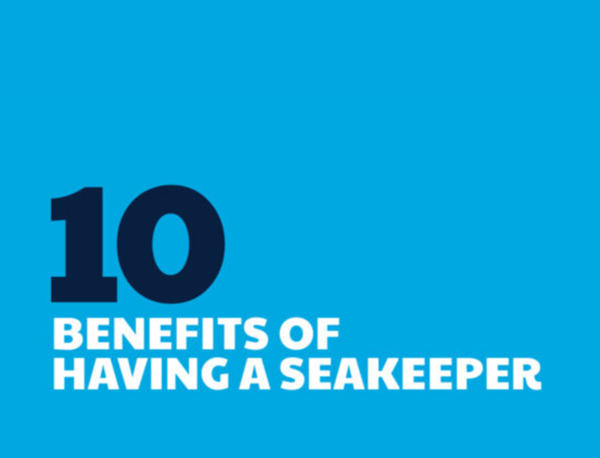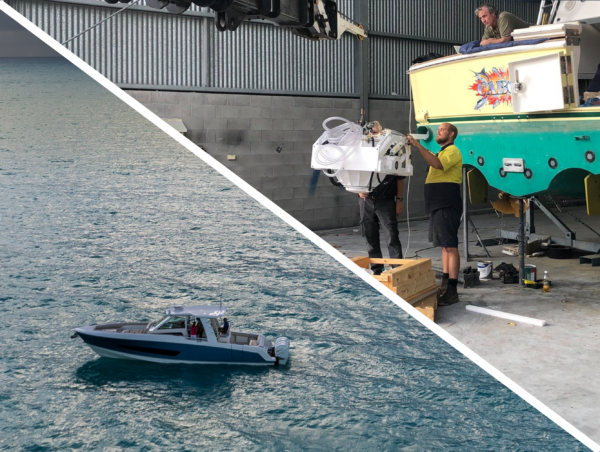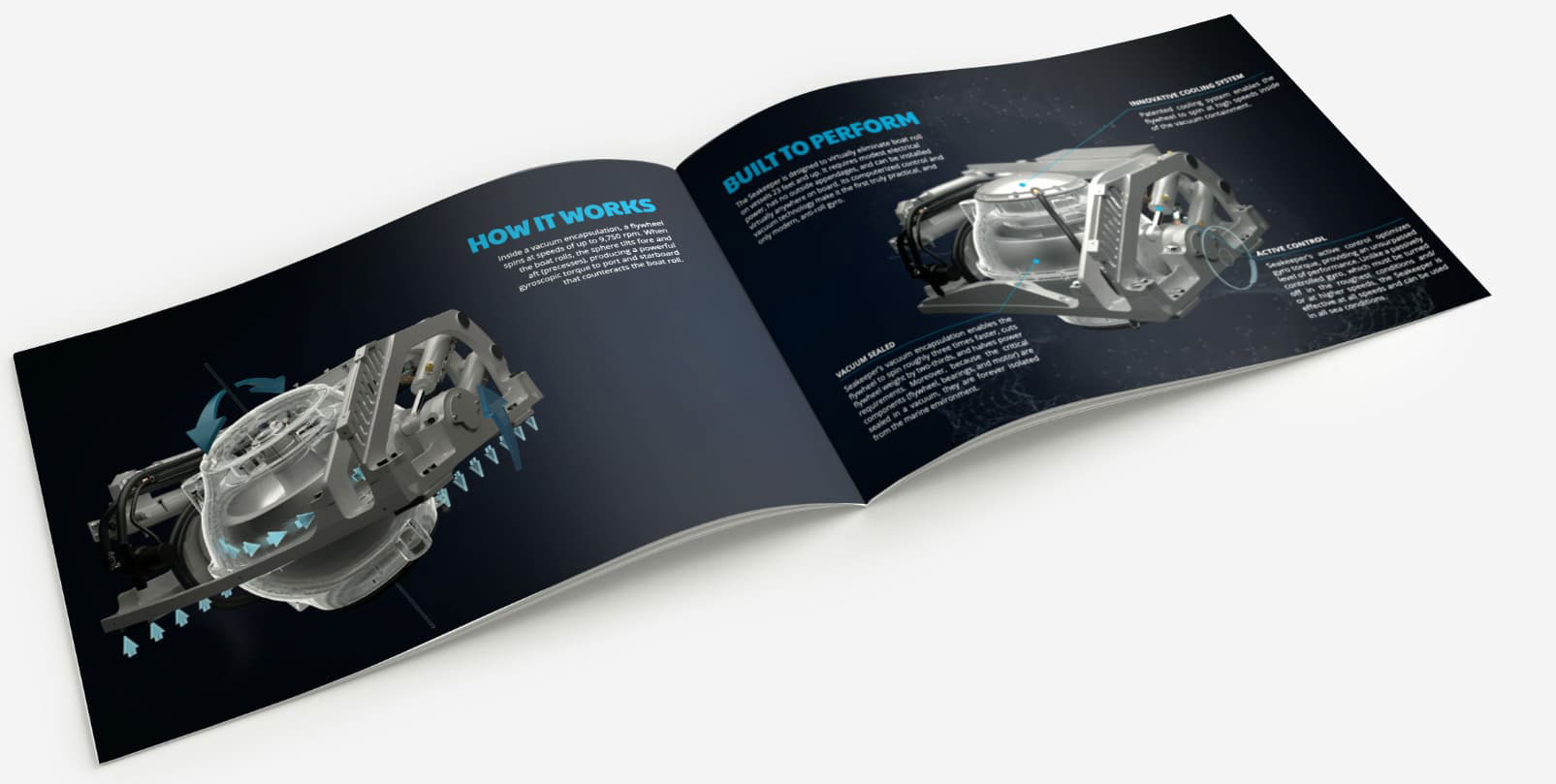How heavy are these things?
We know weight is a regular conversation when it comes to boating. You have to be able to carry not only the people on board but the fuel, water, food/drinks (it’s important not to run out of beer offshore), etc. And it’s not just fitting all of that on board, it’s making sure you can get on a plane and aren’t burning fuel faster than anticipated.
So, where does Seakeeper come in? How heavy are these things, and can you fit one on your boat without worry?
Where does the weight come from?
Inside the recognizable Seakeeper sphere, a solid, forged steel flywheel is spinning in a vacuum. In some units, it spins as fast as 9,750 RPM! To understand the weight, you first have to understand how a gyroscope produces angular momentum (we won’t get into too much physics, but just know that angular momentum is similar to horsepower in an engine – it’s how you measure the gyro’s performance or stabilizing power). Two factors go into determining a gyro’s performance:
- Speed – how fast the flywheel is spinning
- Size/Weight – the physical size of the flywheel
For example, the Seakeeper 1 weighs 365 lbs. and the flywheel spins at 9,750 RPM. With those specs, it creates 1,000 newton-meter-seconds (n-m-s) of angular momentum. Hypothetically, if you want to give the Seakeeper 1 more stabilizing power, you could either: 1) increase the weight, which would involve a larger, heavier flywheel and thus a larger footprint for the unit or 2) spin the flywheel faster, which will, in turn, put more pressure on the hardware that supports the moving pieces.
All this is to say that the weight of the Seakeeper affects its performance, so we put a lot of thought into how much performance is needed for any given vessel size range, as well as how much weight boats in a size range can carry without affecting their performance. You don’t want a Seakeeper that doesn’t perform, just like you don’t want a boat that doesn’t perform.
Will it affect my performance?
Ultimately, this is going to come down to your specific boat and which Seakeeper is installed. Take this real example into account: The Viking 52 is 70,000 lbs. and the Seakeeper 9 that would stabilize this boat is 1,200 lbs. That’s less than 2% of the weight of the boat. Now we’re not saying the weight has no impact. Any time you add weight to your boat, it will have some effect (just like an empty cooler vs. a full cooler, no fuel vs. full tanks, etc.). With a Seakeeper installation though, we haven’t found a considerable effect on a boat’s speed or efficiency. If performance was a concern, would boat manufacturers be installing Seakeeper on board at the factory?
So, the answer to the question, “how heavy are these things,” is twofold. They’re heavy enough to stabilize your boat, but not so heavy as to noticeably affect your boat’s performance.




